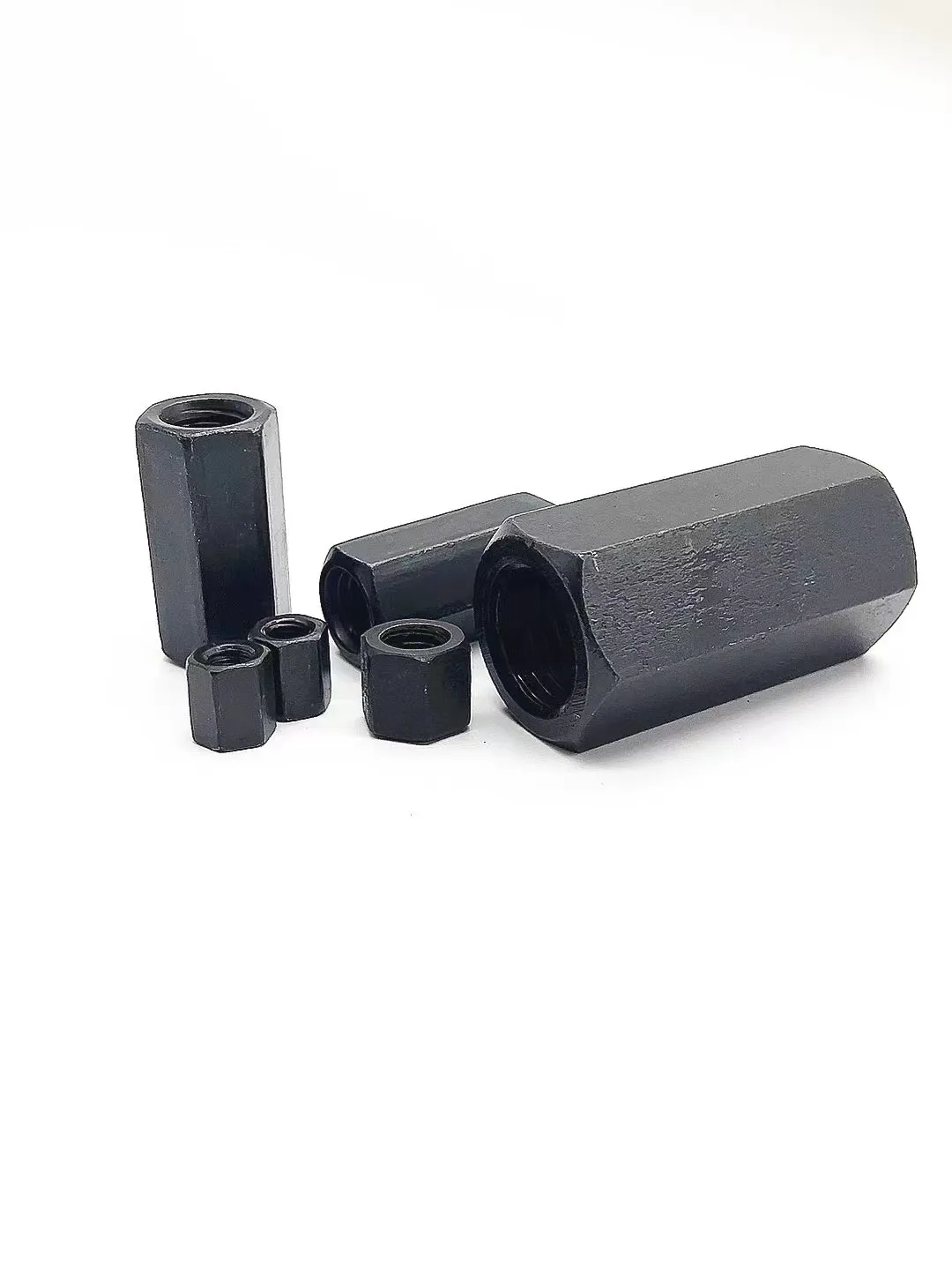

Techniques for Effectively Using Self-Drilling Screws in Steel Applications and Projects
Aug . 13, 2024 02:42 Back to list
Techniques for Effectively Using Self-Drilling Screws in Steel Applications and Projects
The Importance of Self-Drilling Screws in Steel Applications
In the realm of construction and manufacturing, fastening techniques play a critical role in ensuring the integrity and durability of structures. Among the various fastening options available, self-drilling screws have emerged as a popular choice, particularly for applications involving steel. This article explores the benefits, applications, and considerations of using self-drilling screws for steel.
What are Self-Drilling Screws?
Self-drilling screws, also known as Tek screws, are specialized fasteners designed with a drill-shaped point that allows them to penetrate and create their own holes in materials such as steel and other metals. Unlike traditional screws, which require pre-drilled holes, self-drilling screws streamline the fastening process by eliminating this extra step. This feature significantly improves efficiency and reduces labor costs in construction and manufacturing.
Benefits of Self-Drilling Screws
1. Time and Labor Savings One of the main advantages of using self-drilling screws is the reduction in time and labor required for installation. Workers do not need to pre-drill holes, which means that tasks can be completed more quickly. This is especially beneficial in large projects where numerous fasteners must be installed.
2. Enhanced Strength and Durability Self-drilling screws are designed to provide a secure and robust bond. Their unique design enables them to form a strong connection with the steel substrate, making them ideal for heavy-duty applications. Additionally, many self-drilling screws are coated with corrosion-resistant materials, ensuring long-lasting performance even in harsh environmental conditions.
3. Versatility Self-drilling screws can be used in various applications, including steel framing, roofing, and siding installations, as well as in manufacturing environments where metal components are assembled. Their adaptability to different thicknesses of steel makes them suitable for a wide range of projects.
4. Reduced Risk of Damage With their ability to self-drill, these screws minimize the risk of damaging the surrounding material. Traditional screws can sometimes cause splitting or cracking in metal components, especially when excessive force is applied. Self-drilling screws mitigate this risk, providing a cleaner and more efficient fastening solution.
self drilling screws into steel

Applications of Self-Drilling Screws
Self-drilling screws find extensive use across various industries. In the construction sector, they are commonly employed in metal roofing systems, wall panels, and structural steel connections. Their reliability makes them a preferred choice for assembling prefabricated steel structures, where speed and precision are critical.
In manufacturing, self-drilling screws are used in the assembly of machinery, automotive components, and furniture, providing secure fastenings that are easy to install and maintain. Their ability to work with different materials also allows for versatility in production lines.
Considerations When Using Self-Drilling Screws
While self-drilling screws offer many benefits, there are some considerations to keep in mind. The selection of the appropriate screw size and type is vital to achieving optimal performance. Additionally, understanding the specifications of the steel being used, including its thickness and grade, is crucial for ensuring that the screws function effectively.
Furthermore, proper installation techniques should be adhered to in order to avoid issues such as over-tightening, which can lead to stripping or breaking the screws. Training workers on the correct use of self-drilling screws can enhance the overall quality of the fastening process.
Conclusion
Self-drilling screws have revolutionized the way metal components are fastened together, particularly in steel applications. Their ability to simplify the installation process, coupled with their strength and versatility, makes them an invaluable tool in construction and manufacturing. As industries continue to evolve, self-drilling screws are sure to remain a staple in creating durable and reliable connections in steel structures.
Latest news
-
Hot Dip Galvanized Bolts-About LongZe|High Strength, Corrosion Resistance
NewsJul.30,2025
-
High-Strength Hot Dip Galvanized Bolts - Hebei Longze | Corrosion Resistance, Customization
NewsJul.30,2025
-
Hot Dip Galvanized Bolts-Hebei Longze|Corrosion Resistance&High Strength
NewsJul.30,2025
-
High-Strength Hot-Dip Galvanized Bolts-Hebei Longze|Corrosion Resistance&High Strength
NewsJul.30,2025
-
Hot Dip Galvanized Bolts-Hebei Longze|Corrosion Resistance&High Strength
NewsJul.30,2025
-
Hot Dip Galvanized Bolts - Hebei Longze | Corrosion Resistance, High Strength
NewsJul.30,2025

